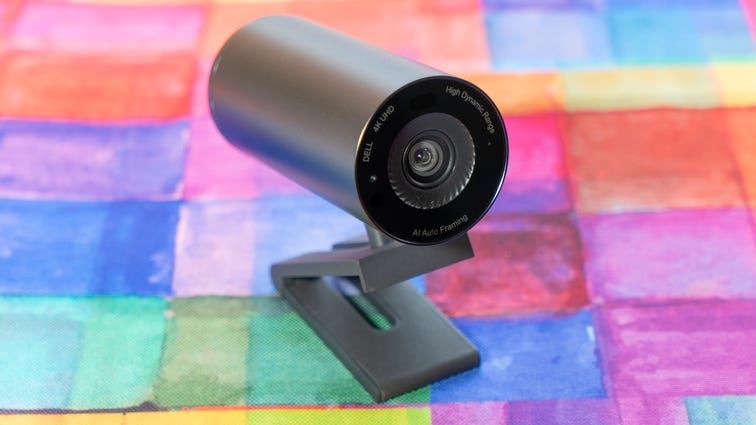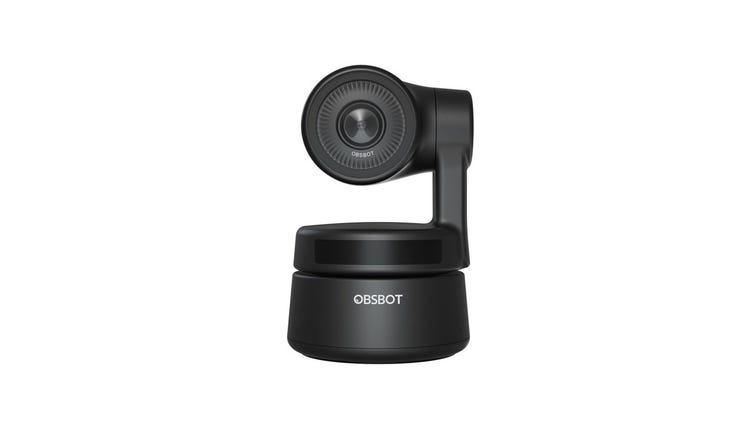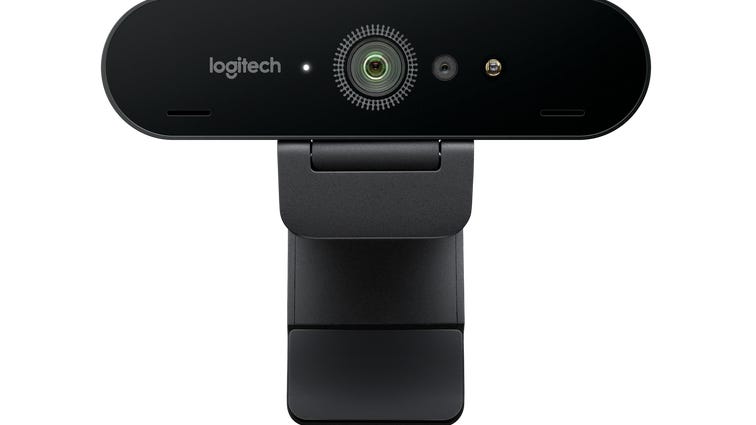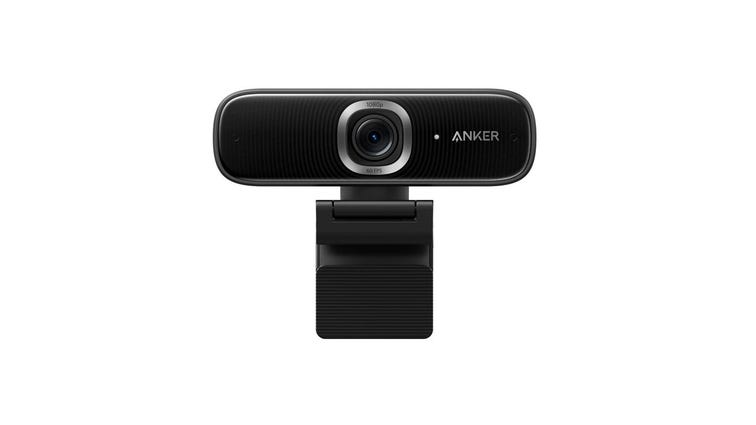There are so many webcams out there it’s hard to know which one and which specs are going to make you look the best with the least effort. Here are four I really like right now, with important shopping lessons that each one embodies.

Lori Grunin/CNET
The Dell UltraSharp is a fresh entry from a company known mostly for computers. The build quality of this sleek cylindrical camera is marvelous, as are its slick magnetic mounting adapters and lens cap. Not so marvelous is its lack of an internal microphone or Mac compatibility, but the latter isn’t too surprising from a leading maker of Windows PCs.
The UltraSharp is a 4K camera with an 8.3-megapixel sensor, 5x digital zoom and a field of view running from 65 to 90 degrees. The premise is not so much about shoving cinematic detail down the line to the other end of your Zoom call but rather automatically panning within the 4K image to keep you properly framed if you move around. It works very well and is the smartest use of 4K in a webcam, rather than going for ultimate resolution that most telepresence platforms can’t convey anyway.

Osbot
The Obsbot Tiny comes in HD and 4K variants, but I find the HD version sufficient, because it uses a little motorized gimbal camera to physically pan, tilt and zoom rather than do so digitally within the pixels of 4K resolution. Most of us don’t move around that much once we start a video session, so consider this camera’s banner feature critical only if you’ve been looking for it. The automatic panning and tilting rely on smart image processing that isn’t quite smart enough, in my experience, cutting off the top of my head with some regularity. Thankfully the camera’s app makes any misframing quick to fix.
The Obsbot Tiny also supports a rudimentary set of two hand gestures to center it on your face or to zoom it in and out. But you’re likely to use those gestures only before a teleconference starts or the host is going to think you have a question all the time. As with most instances of gesture control it’s not a reason to buy this cam, but its motorized head and generally excellent color and light capture are.

Logitech
The Logitech Brio became something of a COVID icon — hard to find and obscenely marked up — as millions started “zooming it in” and wanted to snatch up a flagship cam from a massively popular brand. The Brio remains a good cam with 4K resolution and a 13-megapixel sensor, but I find it’s slipped a bit behind the other cameras in this list in terms of focus sharpness, its ability to even out wonky lighting and its $165 list price.
Read our Logitech Brio 4K Pro Webcam preview.

Anker
The Anker PowerConf C300 is proof that you can spend a lot closer to $100 than $200 and get a great webcam. For its $100 list price you won’t get 4K resolution or a robotic gimbal head, but you will get excellent light handling and focus. And it has the best privacy cover in the bunch: A simple slider that you can’t lose and that is so easy to move it won’t bump your camera’s aim when you open or close it.
The street price on the C300 is frequently drops under $100, which makes its really good image processing that much more of a reason not to sweat its lack of 4K, cutting-edge gimmicks or stunning design.
The camera in the lid of your laptop or bezel of your tablet is likely not doing you justice in a world where showing up clearly and naturally on the other end is essential to getting fully heard and seen.









